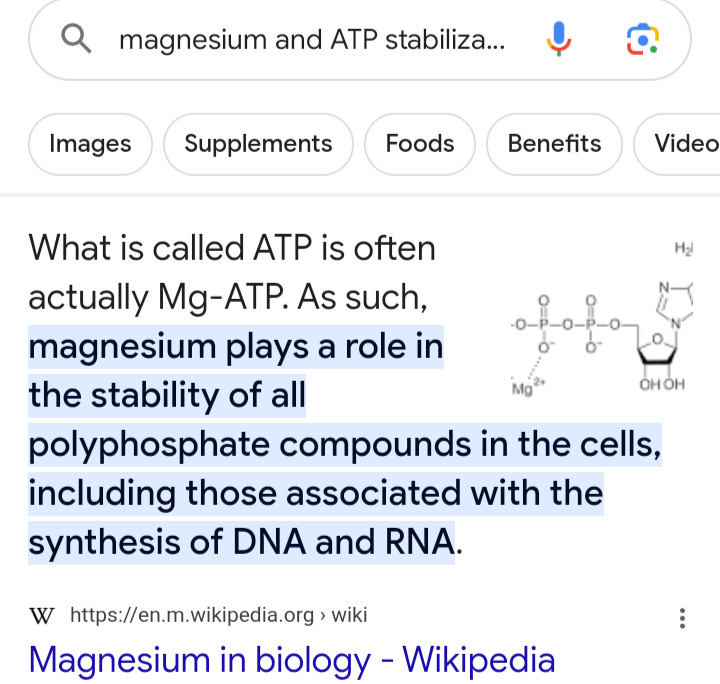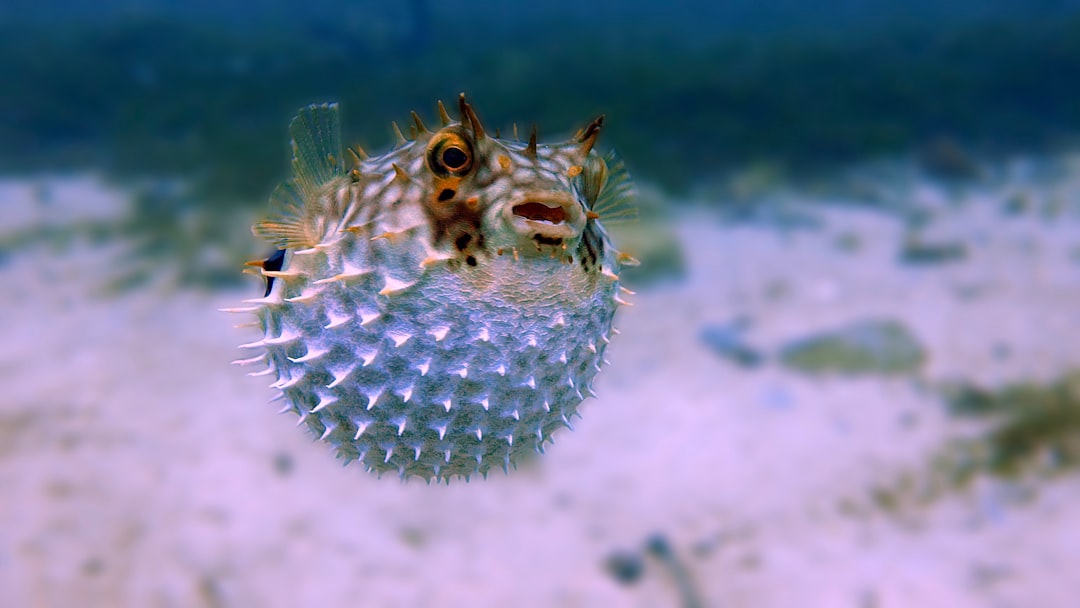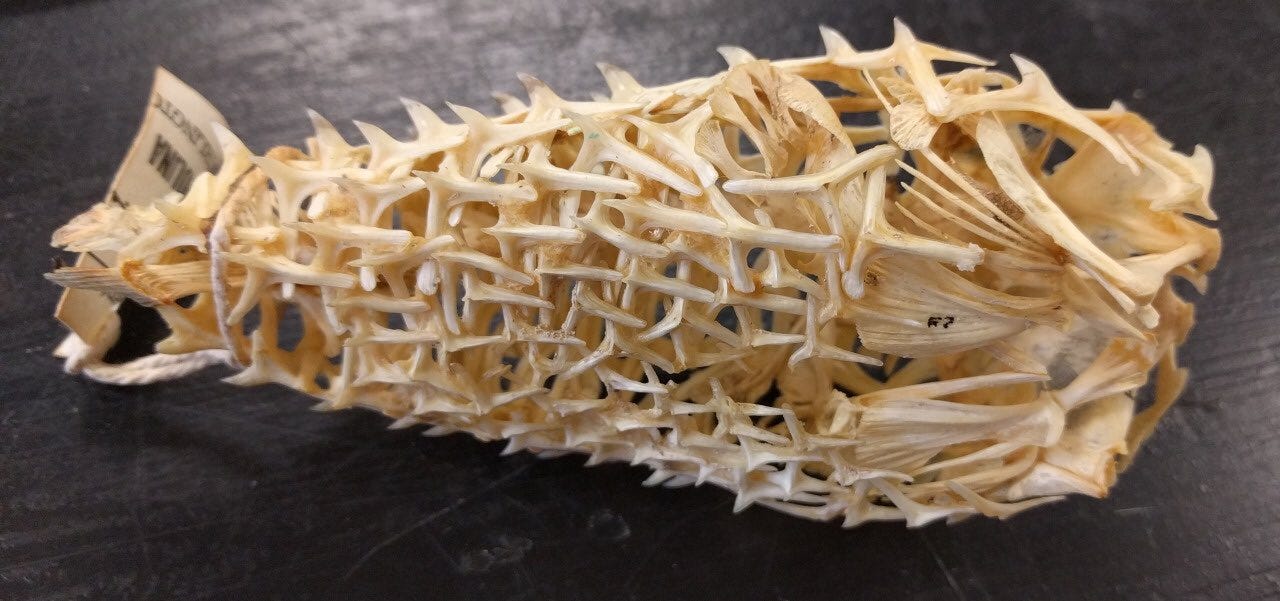Follow up on Cells, Gels & the Engines of Life - G.H. Pollack; pufferfish and biotensegrity too.
Magnesium and ATP - if you like ATP then you need magnesium adequacy.
I finished the book Cells, Gels, and the Engines of Life by Gerald H. Pollack (ebnerandsons.com) and would recommend it to people with a deeper interest in biology and the mechanics of cellular life - it is fascinating. Pollack takes us across fields of focus and looks at the overlap.
Where and how do these cellular events physically happen? What are they built out of? How quickly? Is it transformable like Lego blocks? yes, cellular matrix and other proteins are in part transformable protein subunits that can be quickly disassembled and reassembled in a different shape.
What the book won’t give you is yak butter hand churned 20 minutes structured monastery Tibetan tea recipes or other ways to translate the microscopic detail into daily habits of human life. The Dave Asprey videos are more daily life focused. The book by Pollack is explaining why it may be so important to our health to consider our cellular water, proteins and ions and avoiding excess deuterium, heavy water, is mentioned.
Gerald Pollack writes about the role of calcium in condensing proteins - causing the closing of the zipper by providing crosslinking electrical bonds between the two proteins drawing them closer together and squeezing out the water molecules. He is a fan of calcium. He does not write about magnesium and muscle cell relaxation, only about contraction, which occurs by shortening of three types of muscle proteins. Varied strengths can be endured allowing for our different types of physical capabilities - short or long action at varied load levels.
He does include ATP [*look up sections in index].
Segue due here on magnesium and ATP - ATP is mentioned a lot as stabilizing or signaling for phase transitions of proteins.
*post delayed because I meant to get back to this topic. I think it will be my next post instead. It is interesting to see what a researcher talks about enthusiastically and in depth and what is not mentioned or only in brief. Gerald Pollack is not alone in not mentioning magnesium - much of current mainstream medical research doesn't mention magnesium or iodine except in passing or even with negativity and cautions. Even water has safety cautions for use. Dose makes the poison or medicine.
The Pollack book is a thorough review of research - but if research doesn't cover an area of life then a review isn't going to find it mentioned very often. Looking up ‘magnesium’ specifically regarding a topic finds results compared to looking up the topic in general. ATP is important for structured cell fluid and therefore magnesium is too as it is so frequently found bonded with ATP that ATP is also, more accurately, called M-ATP.

Image link ‘Magnesium in biology’, (en.m.wikipedia.org).
Cells, gels and the engines of Life Book review summary -
I would recommend it for people interested in more detail about cellular function but it may not be helpful for someone looking for self care guidance.
The close up look at cellular functions - how does life do its thing? How are our internal bridges built? - is quite interesting and would be helpful for anyone working in biology and health as well as other areas of science. Gel and protein phase transitions are one of the main themes demonstrated by Gerald H. Pollack with different types of cellular mechanisms and it is helpful to understand for inorganic chemistry and electrical and industrial applications.
I also got Gerald H. Pollack’s more recent textbook called ‘The Fourth Phase of Water - Beyond Solid, Liquid, Vapor’, 2013, Ebner & Sons Publishing. (Viewable online: archive.org)
Links for further study of Structured water and iodine
Links for further study were provided in a reply by Timothy Winey, a scientist who has met Gerald Pollack and who also works on the science of structured water.
The Substack is a link to a video of the presentation that Timothy Winey gave at the the 2015 Conference on the Physics, Chemistry and Biology of Water. Many pictures or videos of samples of solutions comparing structured liquids with non structured ones are included. The wine that was rated zero and then average or good after Timothy structured it is the section of graphical representation of the differences.
Lengthy podcast with detailed notes of the what is being discussed at specific times. https://podcastnotes.org/tetragrammaton-rick-rubin/dr-jack-kruse-and-andrew-huberman-ph-d-tetragrammaton-with-rick-rubin/
Iodine and water are discussed in this article by Jack Kruse. Collagen is discussed in detail, as well as DHA teaming with iodine. https://jackkruse.com/tensegrity-6-hydrogen-bonding-networks-water/
Tensegrity is a fascinating way flexible strong joints can be made with a combination of rubber band like ligaments and stiff pole like bones. If joint pain is present than tensegrity isn't working right. Dehydration would negatively affect it. The flexible rubber bands are used to working in a moist environment that is free of friction or low.
I include some information and a link to a post by Jack Kruse in this older post: Iodine and Hydrogen Ions (Substack). The post includes some links about tadpole development and proton tunneling.
Which followed the post Water and Proton Tunneling (Substack).
This more recent post ‘When the trainer is trained wrong, they train others in the wrong methods - Passing it forward, like intergenerational trauma. #whistleblower #iodine #PCOS’ has a lengthy excerpt from on of Jack Kruse’s posts (cardiac/neurosurgeon who had to cure his own health problems and learned enough to help the rest of us too).


Addition: Images of a live pufferfish and a skeleton from one - to demonstrate tensegrity - the physics or mechanics of how bony rods and flexible ligaments can support a structure firmly even though it seems disconnected. (Blowfish or fugu, may have a deadly poison that needs to be removed before eating - considered a delicy in Japan). For the “Teeth are not bones” members of the reading public - the little spikes are not offficially considered bones, they contain bony hydroxyapatite but are formed more like bony scales in the pufferfish development. (deepseanews.com)
More about the concept of biotensegrity, based on Buckminster Fuller and tensegrity in physics, (biotensegrity.com/)
Disclaimer: This information is being provided for educational purposes within the guidelines of Fair Use and is not intended to provide individual health guidance.




thanks Jennifer. You are doing all the work for my investigation of iodine for horses!! now about that magnesium - I have just convinced my other two siblings about the importance of magnesium, the one sibling has been sold on it for a long time. we give it to our horses in large amounts, and ourselves. I have to get a very hot Epsom salt bath at least once a week.
Also like your reference to Dave Asprey, was just drinking my Bulletproof Coffee while reading this!
So much brilliance. I like Jack Kruse too ! Getting the book . Thank you !